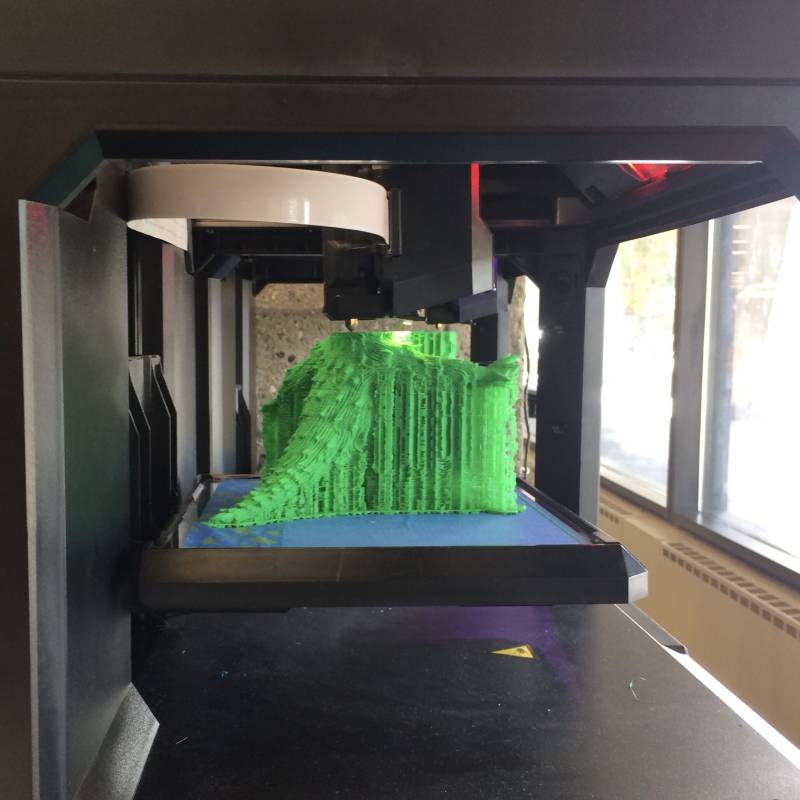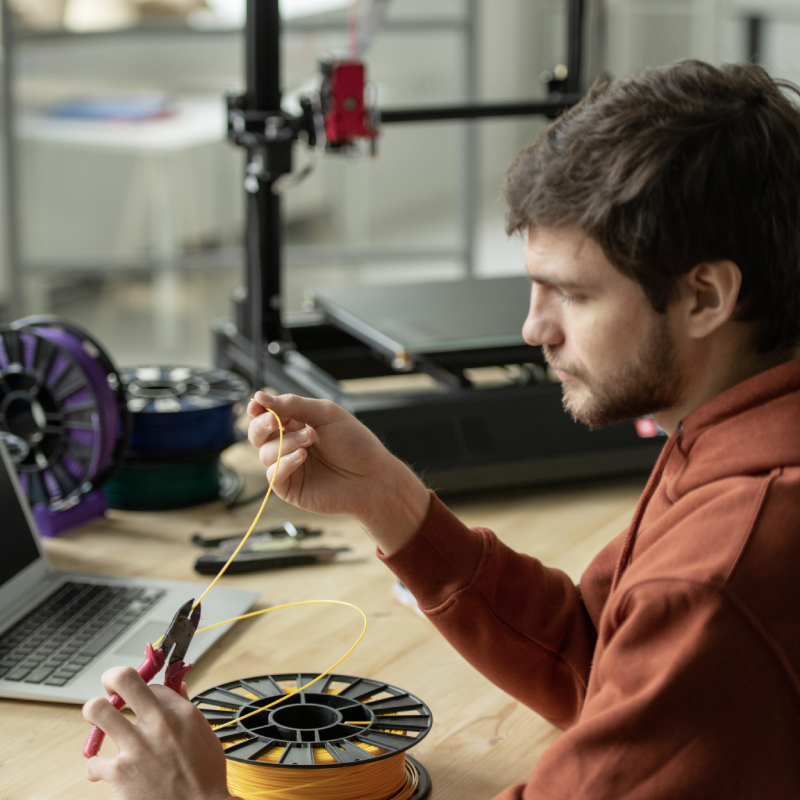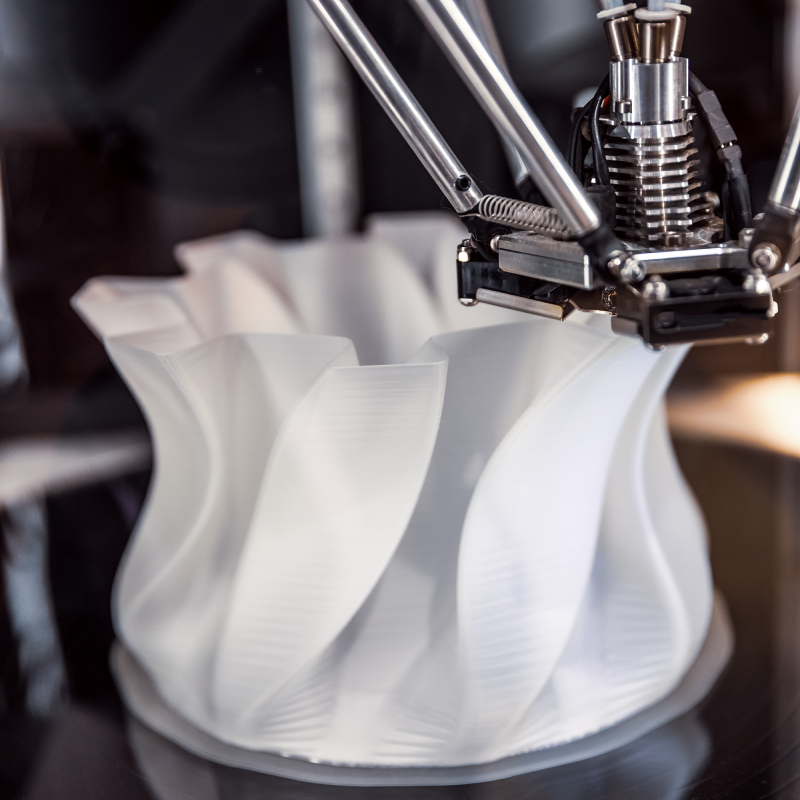Miniature models have always been an essential part of the creative process for architects. Traditionally crafted by hand using materials like wood, foam, or clay, these models help bring design ideas to life, making it easier to visualize concepts and communicate them to clients. However, the rise of 3D printing is transforming this practice, offering a faster, more precise, and innovative approach to architectural model making.
One of the biggest advantages of 3D printing is its ability to produce incredibly detailed and accurate models. Traditional model-making techniques require skilled craftsmanship and can take days, if not weeks, to complete. In contrast, 3D printing can recreate intricate details—from complex geometric patterns to textured surfaces—with pinpoint accuracy. This not only enhances the realism of the model but also helps architects and clients better understand how the final structure will look and function.



